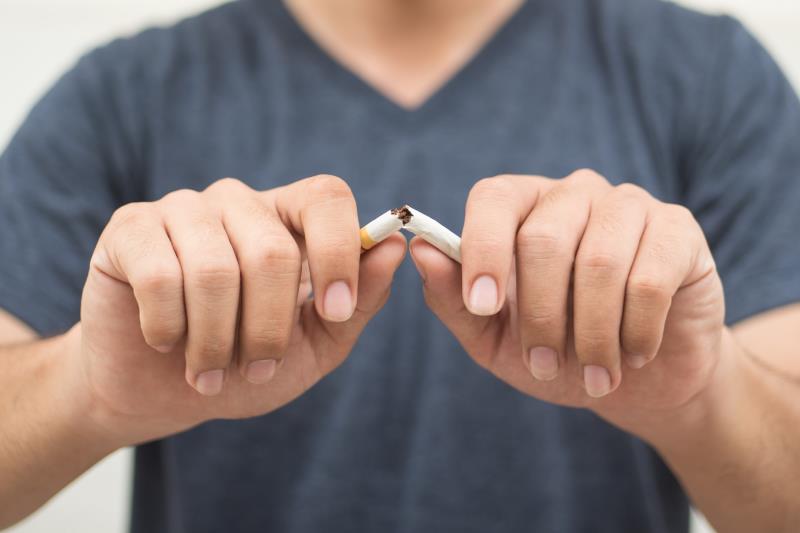
Cigarette smoking appears to be a significant risk factor for the incidence of both subtypes of heart failure (HF), regardless of baseline lung function, according to a study.
Researchers used data from the Jackson Heart Study and looked at 4,189 Black participants (mean age 54 years, 64 percent women) without a history of HF or coronary heart disease at baseline. They assessed the incidence of HF hospitalization and HF subtypes (HF with preserved ejection fraction [HpEF] and HF with reduced ejection fraction [HrEF]) in relation to cigarette smoking.
Of the participants, 494 (12 percent) were current smokers, 761 (18 percent) were former smokers, and 2,934 (70 percent) were never smokers. Participants who had previously smoked were more likely to be older and had a higher prevalence of hypertension and diabetes compared with never smokers. Meanwhile, current smokers had a higher prevalence of current alcohol use and a higher mean estimated glomerular filtration rate compared with never smokers and former smokers.
Over a median follow‐up of 12.0 years, a total of 317 incident HF hospitalizations were documented (incidence rate, 7.16 per 1,000 person‐years), including 133 incident HFrEF (incidence rate, 3.00 per 1,000 person‐years) and 145 incident HFpEF (incidence rate, 3.27 per 1,000 person‐years) hospitalizations.
Multivariable analysis showed that current smoking was associated with a more than twofold increased risk of incident HF hospitalizations (hazard ratio [HR], 2.54, 95 percent confidence interval [CI], 1.81–3.58). The same was true for the risks of incident HFrEF (HR, 2.04, 95 percent CI, 1.25–3.34) and HFpEF (HR, 2.95, 95 percent CI, 1.73–5.02) hospitalizations. Lung function, as assessed by spirometry at baseline, did not modify these associations.
The risk of HF decreased with longer smoking cessation duration, although it took more than 20 years of abstinence to achieve a risk level comparable to those of never smokers.